You remember it The Boring Company? Elon Musk’s company, born in 2016 from a rib of SpaceX, had promised to revolutionize the world of intercity transport with the creation of underground tunnels capable of challenging the traffic of large cities, complete with self-driving cars (oi much more complex pods), capable of transporting thousands of passengers without waiting times and at great speed, up to the futuristic HyperLoop.
Almost 7 years after its foundation, what are the effectives results achieved by the company of the South African entrepreneur? Beyond the epic flamethrower – yes, a flamethrower! – The Boring Company has not yet managed to positively affect the viability of large American cities and even less in the rest of the world; however, the foundations laid by the Texan company are very promising. So let’s try to understand where we are and what the future prospects might be: fasten your seat belts well (you never know with AI) and enjoy reading!
History of a drilling company
The “internet” legend tells us that it all began with a post su Twitter by Elon Musk, in which the guru of pipe dreams he complained about the heavy traffic and the long travel times to which human beings were forced in the large urban metropolises, especially Los Angeles, due to the limitations imposed by the two-dimensional transport system.
Traffic is driving me nuts. Am going to build a tunnel boring machine and just start digging…
— Elon Musk (@elonmusk) December 17, 2016
“I will make a tunnel“, he said, “and women and men all over the world will forever be free from the yoke of traffic jams“.
Ok, that’s not exactly what happened: reality, however, doesn’t stray too far from fantasy and the initial impulse really started from a tweet.
Founded in December 2016 in Hawthorne, in the same headquarters as SpaceX, The Boring Company has been an independent company based in Pflugerville, Texas since 2018.
Elon Musk’s first experiment starts right from the SpaceX offices, near which the entrepreneur started the company’s first project, digging a test tunnel that in his intentions should have reached Westwood, along the Interstate route 405.
The interest of the public and in particular of large metropolitan cities has been very high since the beginning, so much so that TBC has entered into agreements for the construction of tunnels in Las Vegas, Los Angeles, Baltimore, Washington, Chicago and Sydney in Australia.
But what happens to the projects and how many of them are still active?
The light at the end of the tunnel
During the first years of activity, many of The Boring Company’s dreams underwent abrupt reductions, so much so that of the six projects announced, only one actually saw the light, even this in partially different forms from what was initially foreseen.
Let’s go back toHawthorne’s “experiment”.which we have already talked about: in 2017 the tunnel reached a length of 1.84 km and in June 2019 the company proceeded to asphalt the roadway, smooth the surface and install lanes for autonomous vehicle driving.
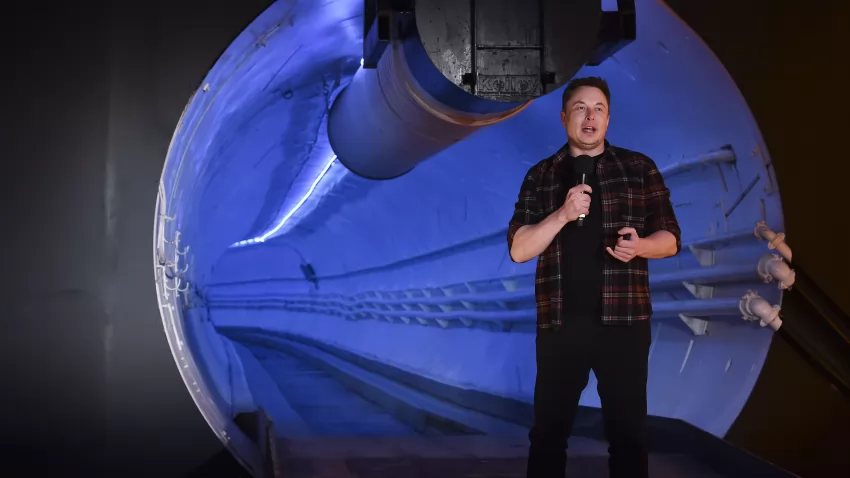
The tests conducted have led to encouraging results with self-driving vehicles reaching speeds of 140 km/h and human-guided vehicles reaching speeds of up to 187 km/h. To date, however, the tunnel still remains in the testing phase.
The best results were obtained in Las Vegas: in 2019, the Las Vegas Convention and Visitors Authority (LVCVA) requested TBC to create a shuttle loop system in Las Vegas, in an underground tunnel to transport passengers to the Convention Centerfor a total of 2.7 Km.
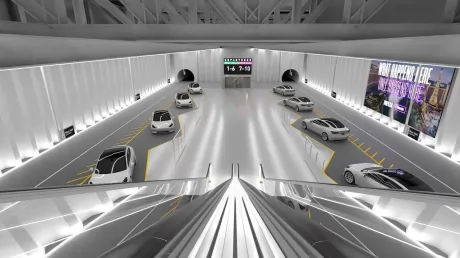
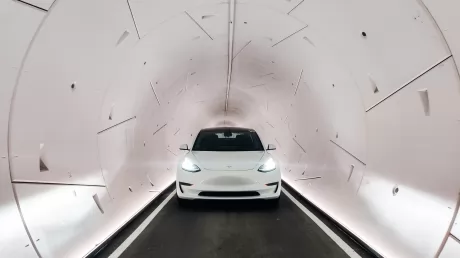
In May of the same year, the project was funded with $48.7 million and construction began in October. The works continued until April 2021 and, after some tests, the tunnels were inaugurated in July of the same year: today they are used for transport Tesla Model 3 e Tesla Model X with human guidance, with peak speeds reaching 56 km/h and an average traffic of 1,355 passengers per hour. Although the system was already functional and operational, the “litmus test” took place during CES 2023: the technological event allowed the system to operate at full load, transporting over 94 thousand passengers with waiting times of less than 10 seconds and distances reduced to just 2 minutes, compared to the previously required 25 minutes of walking.
The good results achieved in this juncture have led to the funding of new projects with the state of Nevada for the construction of private tunnels from Las Vegas hotels to the Convention Center and a much more complex system that can connect theAllegiant Stadium at the University of Nevada, for a total of 25 km of tunnels.

To date, however, all other TBC projects are in a state of suspension or even cancelled.
Il Baltimora-Washington Loop it was suspended in 2021 and at the moment there are no updates on its possible resumption. The Chicago high-speed link designed in 2018 has to date remained only on paper, also given the strong perplexities of the city’s political environment.
Il westside tunnel and the Dugout Loop in Los Angeles they have also ended up in the meat grinder of American bureaucracy and are currently being suspended. Finally, the Australian project, born to connect the Blue Mountains to the western area of Sydney, also on hold due to the huge construction costs.
Stone-eating machines
The Boring Company doesn’t just design and build transportation tunnels Tri-Dimensional but also directly develops i tunnel boring machinery and, as one might largely expect from a company set up by Elon Musk, it does so with style.
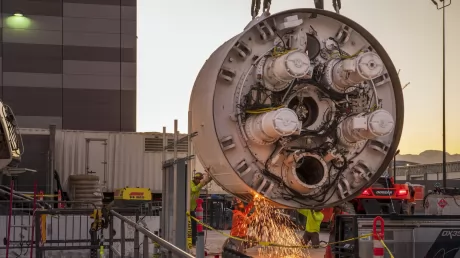
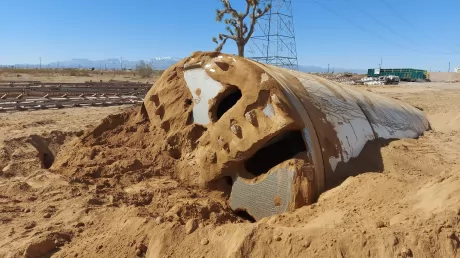
The first conventional machine developed by TBC was made by Lovat and took the name of Godotwhile the second, this time modified, has been called Line-Storm.
The third machine, completely built by the Texan company and whose development began in 2018, was christened Prufrock, followed in 2021 by Prufrock-2. Names that, as fans of the genre will have noticed, refer to the productions of the greats of classical literature.
In 2021 Prufrock was able to dig 14 meters of tunnel per day, a result similar to other conventional machines. The dream of Musk and associates is to produce new excavators that can be used simultaneously, so as to increase the productivity of the drilling system.
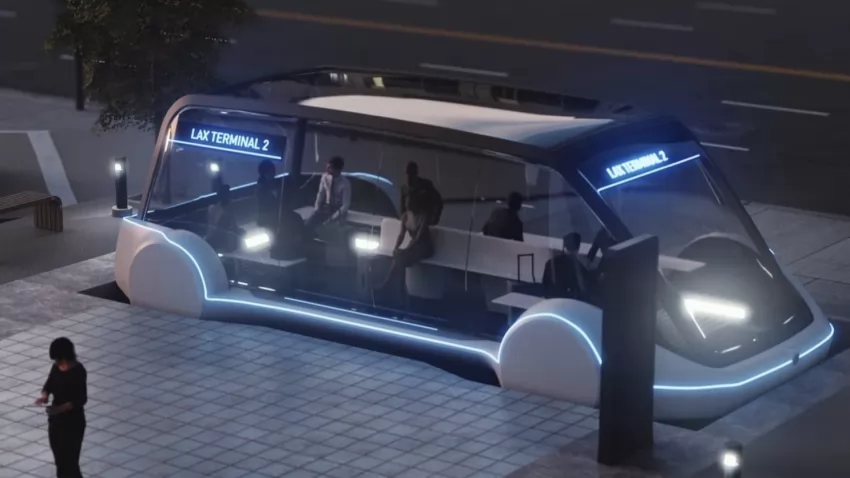
While waiting for this optimization, all that remains is to carefully follow the developments of the latest projects under discussion: San Jose, Miami, San Bernardino and the state of Florida they are discussing the possibility of starting new tunnels for 3D transportation. Will The Boring Company make it this time?
